Guided Tour in the Ravine Amanalco,
- karitaswebpage
- 15 nov 2016
- 2 Min. de lectura
GETTING TO KNOW THE RAVINES OF CUERNAVACA:
Lots of moms along with their children and one dad, on the morning of April 9th, took a short bus ride from their neighborhood in La Estacion to the Amanalco ravine located in the historic center of Cuernavaca. The ravine has been converted into a park, with walking pathways curving around the roots of hundred-year old trees and into the river found at the bottom. Our tour was guided by city park officials, who shared with us a little bit about the history of the river formation and the importance of taking care of the environment.
The children listened to the guide while stretching out on their tip-toes and looking down below into the foam and bubble-filled water. “This is one of the more cleaner ravines in Cuernvaca,” the city official told us. However, when we asked from where come the little cascades trickling down the walls of the ravine, he told us that the water is sewage water coming from business and houses above. By the time that the water from other areas of the city reaches the park, the majority of it is contaminated.
“It’s crucial for us to take care of the water, so that we may enjoy it,” the city workers encouraged us. The guide continued to explain to us the different types of plants that grow on the walls, as well as their medical and traditional uses. Once we reached the bottom of the ravine, we looked up amazingly at the over 30-meter-long roots that stretched out along the walls and towards the water. We were told that the length of the roots stabilizes the trees and prevents them from toppling over during strong winds.
Climbing back up the stairs was quite a (fun) workout for a lot of us. Once we reached the top again, we were asked to close our eyes and listen to the sounds of the ravine. We heard insects flying by, birds chirping, leaves whistling, and cars zooming by – the natural mixed in with the modern and urban.
At the end, we passed by pictures in the shape of the Virgin Mary made out of different Mexican agricultural products like a corn cob and the prickly pare cactus. “Nature is sacred, a divine entity that we need to take care of, and finally, we are a part of it,” finished off our guide.





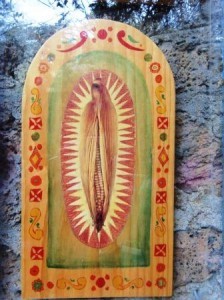
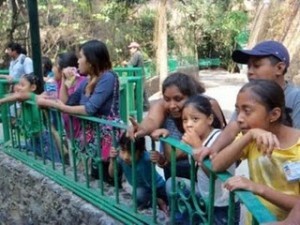
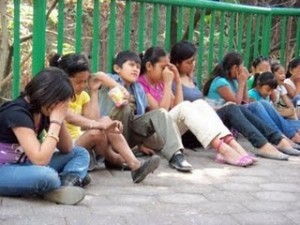

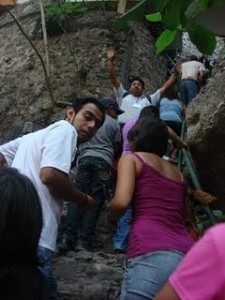

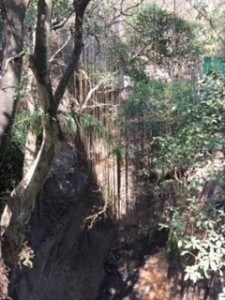





















Comentarios